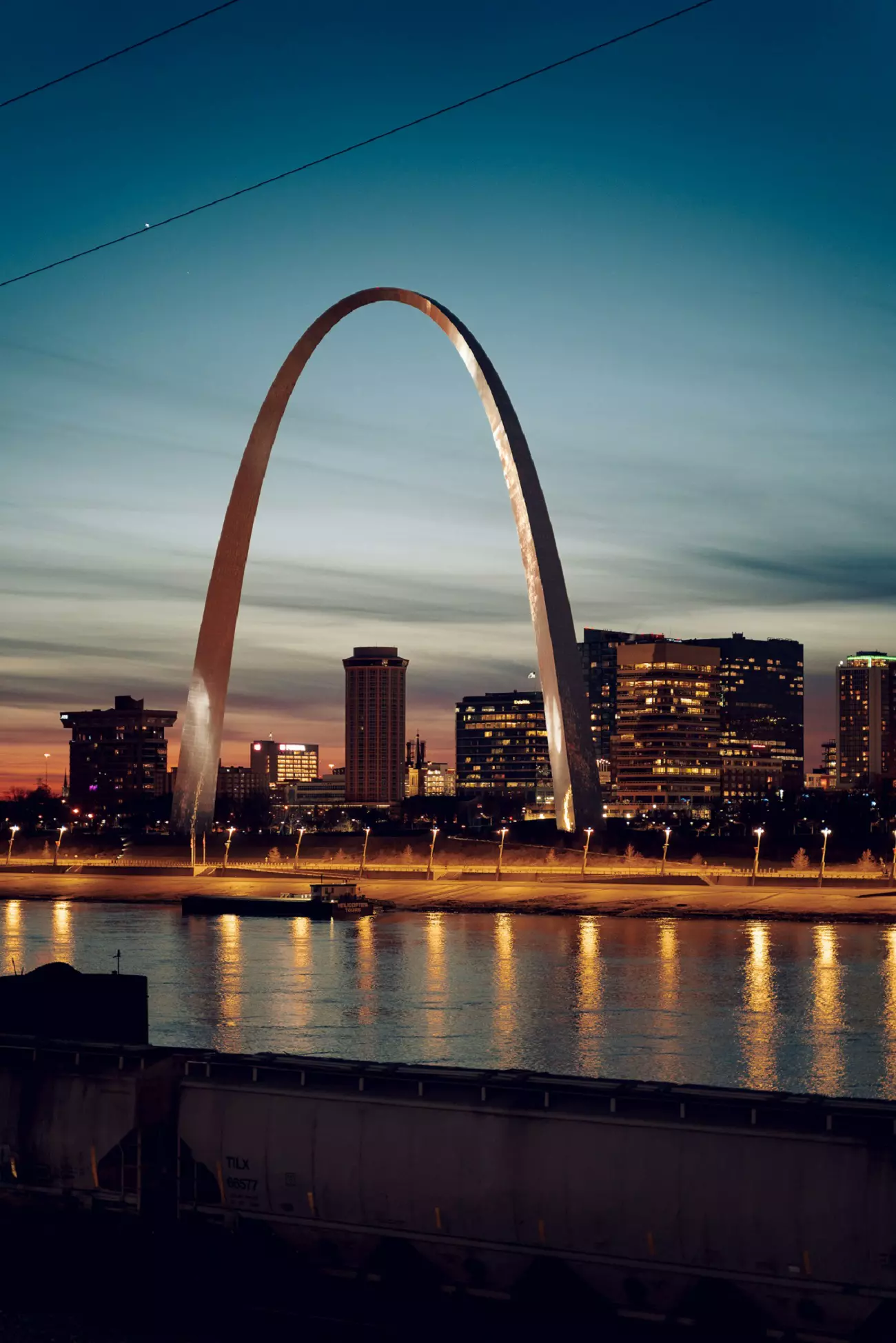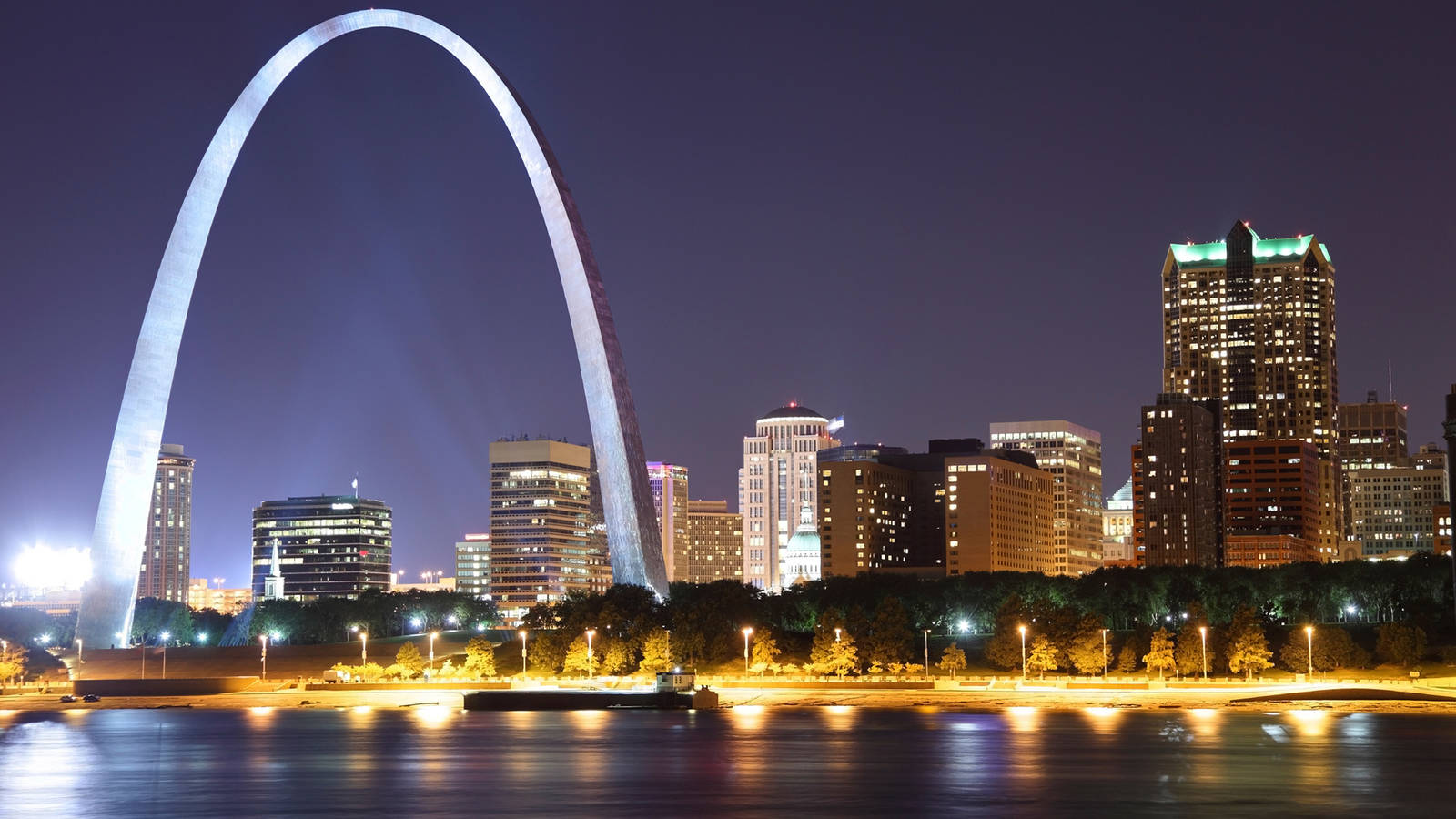Discover the Historical Relevance of Entrance Arch National Forest in St. Louis, MO
The Gateway Arc National Park in St. Louis, Missouri, works as a profound emblem of America's historic story, encapsulating themes of westward development and exploration. This architectural wonder, finished in 1965, not only commemorates crucial events such as the Louisiana Purchase and the Lewis and Clark Expedition but additionally shows the wider aspirations of a nation in change. As we discover its diverse importance, one must take into consideration exactly how this renowned structure has affected both the social textile of St. Louis and the cumulative memory of the USA. What deeper stories exist below its imposing shape?
The Birth of the Entrance Arch
Usually considered a legendary icon of St. Louis, the Portal Arc was conceived as a monument to honor the westward growth of the USA. The concept for the Arc emerged throughout the 1930s in the middle of conversations regarding renewing the riverfront location. Designer Eero Saarinen's layout was selected in 1947 after a nationwide competition, reflecting both modernist aesthetics and historical relevance.
Construction commenced in 1963, utilizing stainless steel to create a sleek, minimal kind that climbs 630 feet right into the skies. The structure's distinct hyperbolic form was intended to symbolize the entrance to the West, personifying hope and chance. The Arc was completed in 1965, and its commitment occurred on October 28, 1965, noting an essential moment in American architectural background.
In 2018, the location surrounding the Arc undertook significant renovations, transforming it right into Entrance Arc National Forest. This upgrade boosted site visitor accessibility and engagement, solidifying the Arch's role as a central cultural landmark. The Gateway Arch not only stands for St. Louis yet additionally acts as a testimony to the nation's journey, standing as a beacon of ideas and cumulative memory.
Sign of Westward Growth
The Portal Arch stands as an effective icon of westward development in the USA, enveloping the spirit of expedition and aspiration that defined the 19th century. Set Up in St. Louis, Missouri, the Arch celebrates the city's role as a pivotal starting factor for inhabitants heading westward along the Oregon and Santa Fe Trails.
As leaders ventured right into the uncharted areas, they brought with them dreams of prosperity and clean slates, driven by the concept of Manifest Fate. The Arc goes beyond simple building elegance; it embodies the victories and difficulties encountered by those that looked for possibility in the large, unknown frontier.
The structure's layout evokes the photo of a portal, inviting tourists and dreamers alike to discover the capacity of the American West. It functions as a reminder of the transformative trip that shaped the country, noting the change from a predominantly agricultural society to a blossoming land of advancement and industry.

Architectural Innovation and Design
Remarkable in its style, the Portal Arc is an exemplar of building innovation that perfectly mixes type and function. Made by designer Eero Saarinen and structural designer Cass Gilbert, this renowned monolith stands at 630 feet, making it the tallest arc in the globe and a testament to modern-day engineering expertise. Its hyperboloid shape not just produces a visually striking shape against the St. Louis skyline however also offers a vital architectural function, dispersing weight uniformly and enhancing security.
Constructed from stainless-steel, the Arch's streamlined, reflective surface records the changing light throughout the day, developing a dynamic aesthetic experience. The choice of products and innovative construction methods, consisting of the usage of premade areas, facilitated the Arc's completion in 1965, regardless of the challenges postured by its enthusiastic design.
Visitors can ascend to the monitoring deck through a special cable car system, experiencing breathtaking sights of the Mississippi River and the city below. The combination of visual appeal and practical layout exemplifies Saarinen's vision of producing a monument that not only memorializes America's westward growth yet also stands as a site of building accomplishment in its very own right.
Cultural Effect On St. Louis
Situated in the heart of St. Louis, Portal Arc National Park serves as an important social touchstone for the city and its citizens. The Arch is not just a building marvel; it symbolizes St. Gateway Arch National Park parking. Louis's historic role as a portal to the West and shows the city's rich heritage. Its visibility has cultivated a feeling of pride amongst locals and has actually ended up being an essential component of the city's identification
The park attracts numerous visitors each year, adding substantially to the local economy and cultivating a lively cultural scene. Occasions, festivals, and curricula focused around the Arch advertise community involvement and social exchange, while the bordering landscape functions as an event area for diverse populaces.
Additionally, the Entrance Arch has inspired many artists, filmmakers, and musicians, installing itself in the cultural fabric of St. Louis. It has actually been included in various types of media, signifying strength and development. By linking the past with the here and now, Gateway Arch National Park not just celebrates St. Louis's historic narrative but also remains to shape its social advancement, making it a sign of motivation for future generations.

Portal Arch in American Memory
An icon of American aspiration and expedition, the Entrance Arc holds a popular area in the collective memory of the country. Designed by engineer Eero Saarinen, the Arch was completed in 1965 and stands as a testament to America's westward development and the spirit of the frontier. Its sleek, modernist style contrasts with historic structures, catching the significance of development and progression that characterizes the American experience.
The Arch not just memorializes the Louisiana Purchase and the Lewis and Clark Expedition yet likewise personifies the struggles and victories of many people who added to the country's development. It functions as a centerpiece for nationwide satisfaction, attracting countless site visitors annually that seek to attach with this symbol of American history.

Conclusion
Finally, Portal Arch National forest offers as a powerful symbol of America's westward growth and the historic stories linked with it. Its architectural development and style mirror the aspirations of a nation, while its cultural effect reverberates within the city of St. Louis and past. Gateway Arch National Park parking. As a monolith to the Louisiana Acquisition and the Lewis and Clark Exploration, the Gateway Arch remains to influence and enlighten future generations about the transformative journey of the USA
Please visit one of our local supporters - Axis Spine And Orthopedics Best Surgeons In St Louis Mo